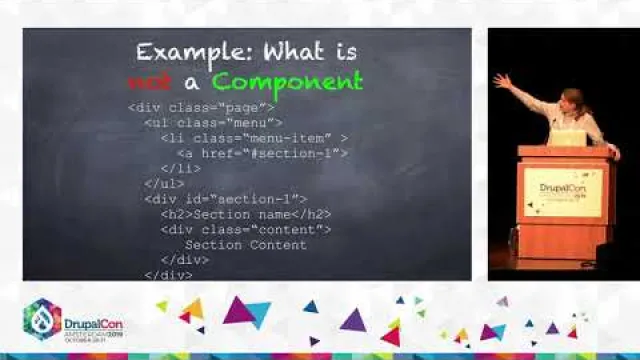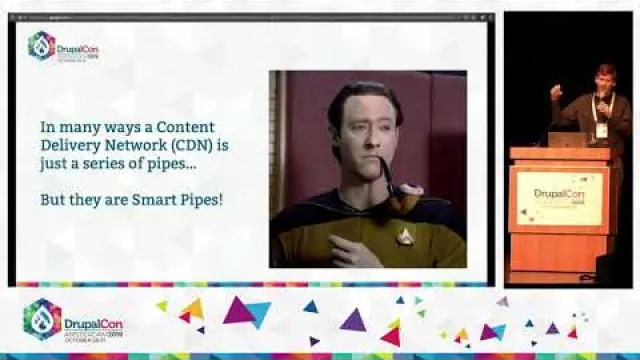DrupalCon Amsterdam 2019
Logo

Description
DrupalCon Amsterdam was a wonderful 4 days of knowledge sharing, collaboration, networking and connection. The community that is Drupal is truly exceptional.
Thank you to the incredible hardworking volunteers who donated their time and expertise to help deliver the program, social events, and on site experience that made DrupalCon so memorable.
Be sure to view the conference photos on the Amsterdam Flickr account-brought to you by the fabulous volunteer photography team!
Website
Start Date
Start Date






